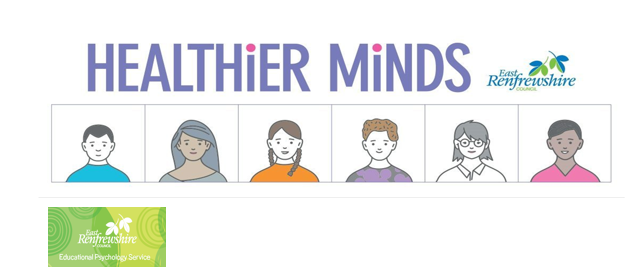For practitioners who are leading the response to individual cases, it is important to ensure their approach is encouraging consistent engagement in school life, minimising factors that pull the young person away from their learning, and developing the child or young person’s resilience. Successful outcomes are underpinned where children and young people feel listened to and understood, and where they are supported to:
- Develop their ambition, aspiration and motivation;
- Increase their confidence, self-esteem, self-efficacy, and value in themselves;
- Develop feelings of safety, security and a sense of belonging within the school;
- Have positive experiences where they can succeed;
- Develop positive relationships with peers and / or staff;
- Understand the relationship between their thoughts, feelings and behaviour;
- Work in partnership with their family, the school and external professionals;
- Develop a sense of direction and purpose in their education, with a clear end goal in sight, such as training or employment in a preferred area.
(West Sussex council (adapted), 2021)
Practitioners have the most control and influence over the child or young person’s school experience. The school experience often needs to be adapted to become a better fit for individuals who are vulnerable to EBSA, one that promotes their strengths and resilience factors and minimises the risks. Successful outcomes are more likely where practitioners:
- Are empowered to be adaptable and flexible;
- Are solution focussed;
- Plan to reduce EBSA gradually over time;
- Promote individual attendance and engagement on the basis of pupil voice, their interests and strengths;
- Recognise small achievements and progress along the way;
- Identify some ‘quick wins’ that give the young person a sense of progress and achievement;
- Seek to improve the child or young person’s whole school connectedness, looking specifically at their relationships and appropriate curricular experiences.
(O’Hagan, Bond & Hebron, 2022).
School practitioner can offer individualised support in a number of ways. As a starting point, the following features will underpin a successful plan of action:
- Graded exposure to the building, staff, and timetable (see Figure Seven);
- Soft start to the day, particularly on a Monday and Friday – find a hook – something they might enjoy coming in for that will reward their transition into the building;
- Customised timetables for days/weeks and terms;
- Daily check-in with a member of the school team;
- Daily celebrations, however small, that acknowledge any success;
- A 1-2-1 session (potentially weekly) to discuss and review the plan for re-engagement with school and any other worries the young person may have;
- Walk & talk: getting alongside the young person either inside or outside the school building can be much more helpful than sitting in a formal environment or across a desk;
- Strategies for moving to a safe space, if needed;
- Robust transition planning and interventions;
- Adult contacts for the child or young person when they are in the building (especially at transitions);
- Individualised or group work to support emotional and mental wellbeing;
- Ongoing, regular communication with parents / carers.

